Medical Debt: “The Debt of Necessity” – A Current U.S. Picture from the CFPB
Jane Sarashon
MAY 18, 2023
consumer credit rating companies — Equifax, Experian and TransUnion — planned to remove medical bill collections that were under $500 from consumers’ credit reports. From the start, CFPB has been monitoring medical debt along with other forms of household debt — student loans, mortgages, credit cards, and so on.

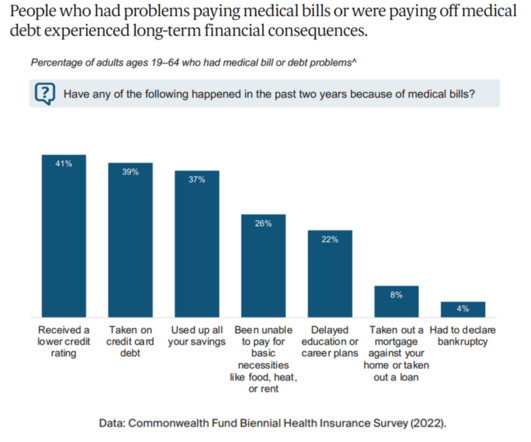
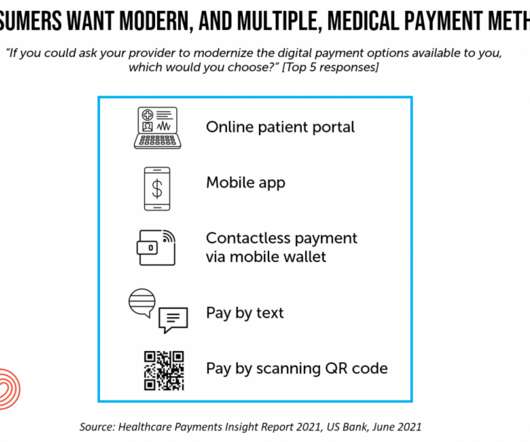
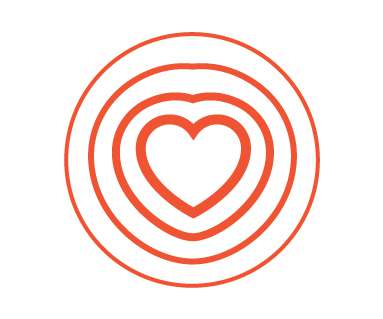
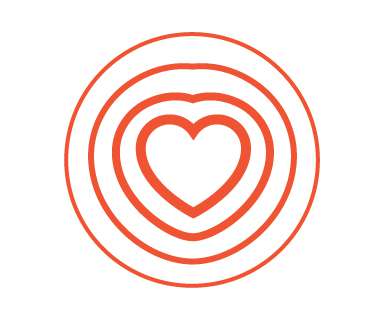

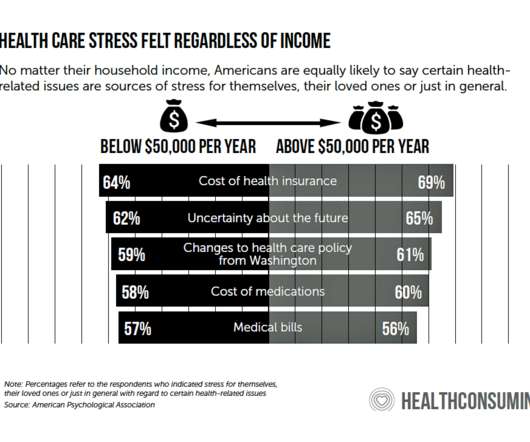

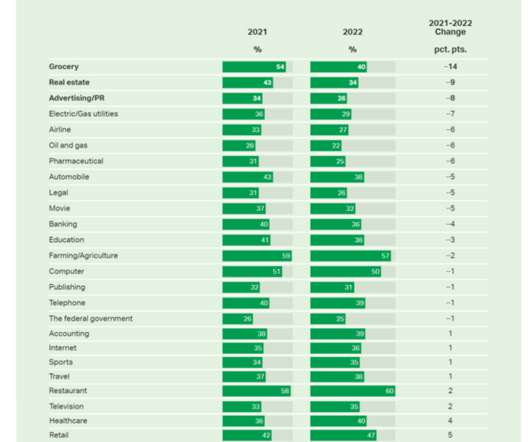

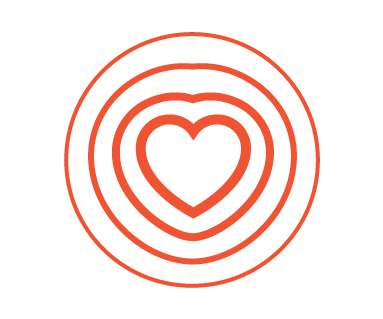






Let's personalize your content